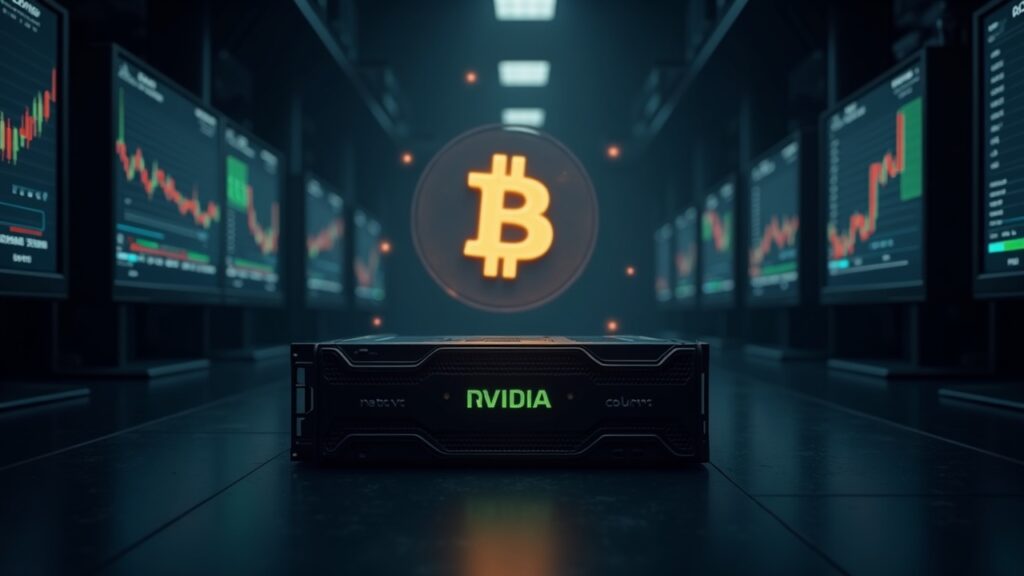On 29 October 2025, the total value of Nvidia shares reached five trillion dollars, underscoring how central the company has become to current market dynamics. The figure reflects how much the world now relies on Nvidia graphics chips to run artificial intelligence programs. The jump concentrates a vast slice of tech wealth in one firm and coincides with a year in which Bitcoin added fewer percentage points than the broad U.S. stock index, a setback for crypto holders, fund overseers and tech workers.
Nvidia’s surge to five trillion dollars signals the market’s confidence in its role powering artificial intelligence. The scale of the valuation illustrates the demand for the company’s graphics chips that run AI programs, and hands an enormous slice of tech wealth to one firm, highlighting the concentration of value that has formed around leading AI hardware providers.
Nvidia’s leap in value and Bitcoin’s underperformance capture a market moment defined by AI leadership and uneven gains, with practical implications for investors and workers navigating where growth and opportunity are concentrating.
The keys to Nvidia reaching its market value
A company valued at $5 trillion increases the fragility of the sector: any correction affecting it can quickly spread to the main suppliers of AI technology and capitalization-weighted indices.
By underperforming US stocks in 2025, Bitcoin loses relative appeal and institutional funds may shift flows from cryptocurrencies to equities, reinforcing the leadership of large technology companies.
If Bitcoin and traditional markets move more in unison, the cryptocurrency loses its effectiveness as a risk disperser in conventional portfolios, increasing the importance of other sources of diversification.
Reputational and concentration risk. The ubiquity of tech giants fuels the debate about competition and dependence on a few key suppliers, with possible effects on regulation and corporate strategy.
Nvidia’s record confirms that AI infrastructure is at the heart of the business and offers an immediate point of comparison for risk assets. The data to follow now is the evolution of the S&P 500 and the publication of Nvidia’s quarterly results, which will show whether the valuation is sustained or declines.

